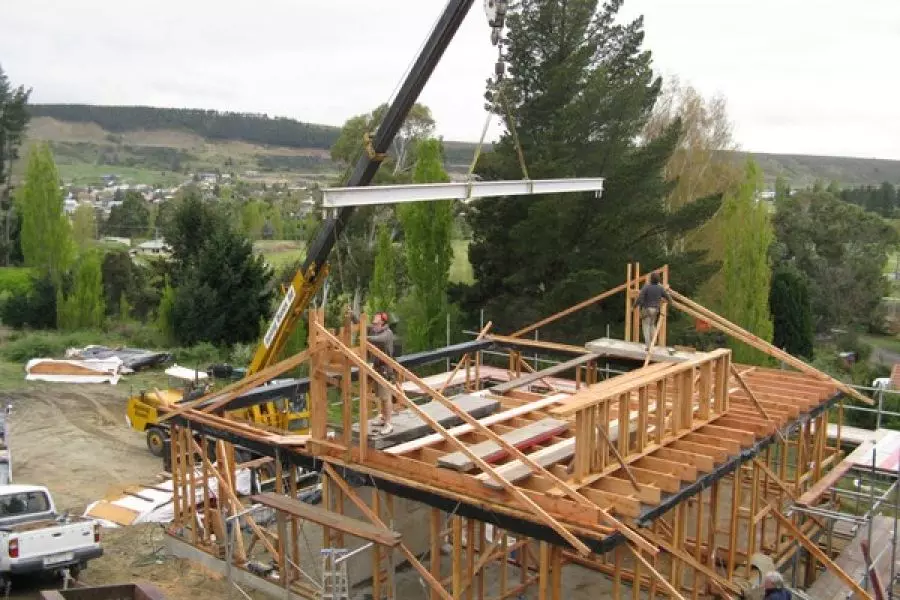News
Building consents flat line

Friday 30th of September 2016
New dwelling consents actually hit an 11 year high in August 2016 with 2,834 consents being issued, according to Statistics New Zealand.
But, once seasonally adjusted, the number fell by 1.0% from July 2016.
In annual terms, 29,627 new dwellings – with a total estimated value of just over $10 billion - were consented in the 12 months to August 2016.
This was a 14%...
Want to read the full article?
Click the button below to subscribe and will have unlimited access to full article and all other articles on the site.






![[The Wrap] Bye Bye Bayly](https://goodreturns.publit.io/file/c_fill,w_900,h_600/39f23ac1-f7c7-4854-b700-a150004ebbac.webp)


